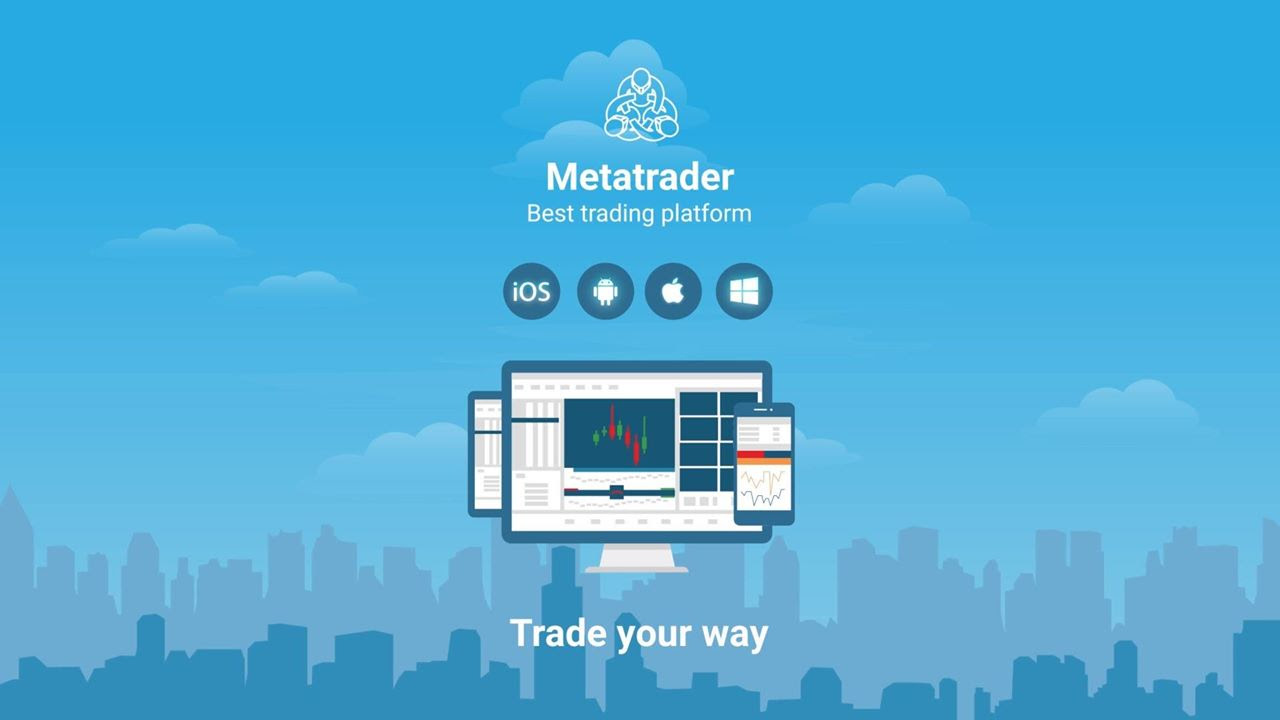
Making informed decisions is an important part of becoming a successful trader.
We would like to take you through the basics of how to start trading so you feel confident in choosing what instruments to trade as well as placing trades.
Step 1 – Find the Profitable Opportunities
Knowing what to trade and when is the biggest decision traders have to make.
There are so many trading strategies out there that sometimes it can cloud your judgement.
Many obstacles can get in your way, so it’s important that you don’t overcomplicate what can already be a complex subject.
Sometimes the world of trading can confuse you with jargon.
There are so many instruments to trade that it may become difficult to decide on which one you should trade at any given time.
However, there are a couple of things to remember:
- You don’t always have to be in a trade all time. Sometimes not placing a trade can be just as profitable as placing a trade;
- When it comes to charting, complicated does not necessarily mean successful.
Step 2 – Place a trade
Placing a trade often gets overlooked as just something you have to do, but very few people take time to learn exactly what the best way to do it is exactly.
When you place your trade, there are a few things you should think about, rather than just jump straight in:
- Make sure you are placing the correct trade. If you don’t, you may end up in a situation where you place a trade and then instantly phone the Client Services team because you placed the wrong one. Make sure your instrument, order type and position size are all correct before you place the trade.
- Accept that re-quotes happen. Re-quotes are a part of trading and are not unique to any particular broker. It’s important to remember that forex markets move very quickly and that if the price moves as you trade, this is just a part of trading.
Step 3 – Manage Risks
Risk management is the single most important part of trading.
No matter where you go or what you read on trading, there will always be a section on risk management.
Using the tools in place such as “stop loss” and “take profit” orders can be the difference between your trading account lasting for five years or five hours.
There is no escaping it – when you trade, you will lose money at one point in your trading journey.
Using a “stop loss” is the way you make sure that losing a trade does not end up wiping you out.
There are a couple of points you should bear in mind:
- You don’t have to be right every time you trade to make money. Using a “stop loss” will make sure that the times you are wrong your losses are limited. A limit order to take profit will make sure when you are right you make the most of the profit available.
- Slippage can happen on your stops. Like re-quotes, slippage is something that is not unique to the broker you trade with – it happens with everyone. Be sure to be aware that when your stop is about to be filled, you may get slipped and there is not much we as traders can do about it.
Trading with charts
Charts are the most popular tool for traders to make decisions about when to open or close a trade.
Follow chart patterns and signals to spot trading opportunities and manage risk effectively.
The MetaTrader 4 (MT4) platform has an in-built charting package that helps traders make informed decisions.
Charts can help you make informed market predictions
General charting strategies and technical analysis rest on the assumption that indicators that were important in the past will become important again in the future.
There are three more assumptions that charting/technical analysis rests on:
- The market is always considered as having three movements, all occurring at the same time – primary, secondary and intraday
- Averages discount everything
- The market reflects all available information
In a way you trade on market sentiment
All factors combined should be reflected in the price level found in the markets.
Prices represent the total sum of hopes, fears and expectations of all market participants.
Of course, the only way to view the price in this manner is to view it through the charts.
Please check FBS official website or contact the customer support with regard to the latest information and more accurate details.
FBS official website is here.
Please click "Introduction of FBS", if you want to know the details and the company information of FBS.




 IronFX
IronFX


FXGT Broker Review: A Leader in High Leverage Forex and Cryptocurrency Trading
Comment by whatisgoingonTRUMP
February 17, 2025
Trump’s team holds 80% of the $TRUMP token supply, giving them the power to influence prices and put investors at risk. A crypto controlled by one group? Doesn’t seem very decen...